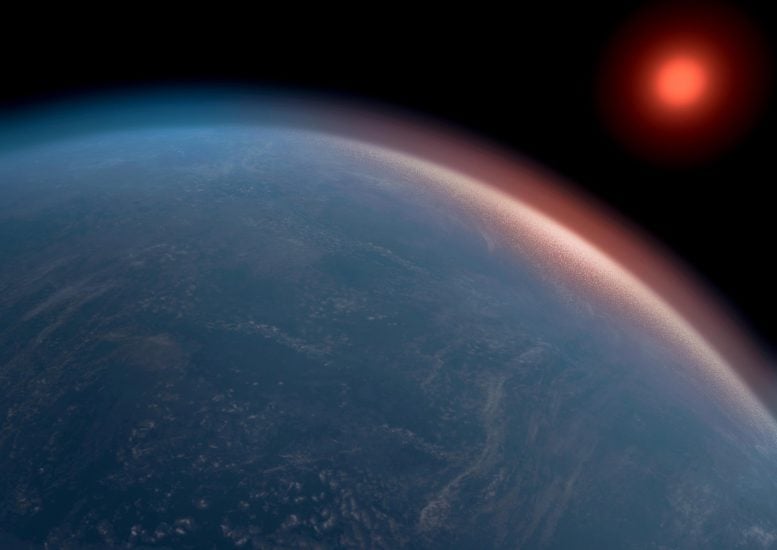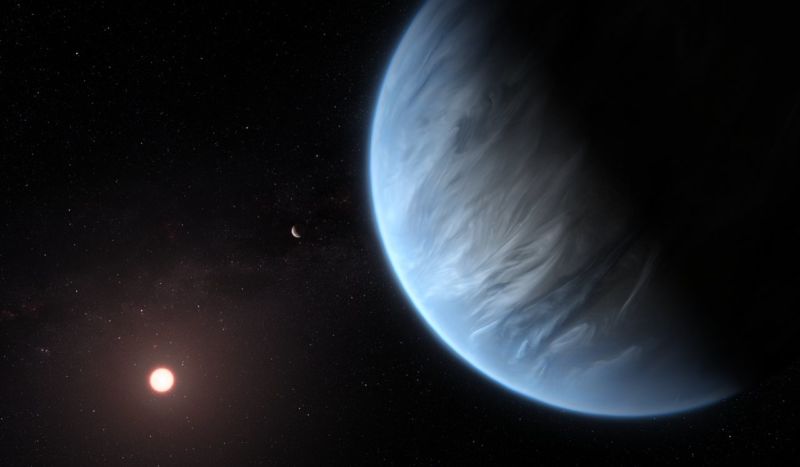The rumors have been out there for a while now, percolating through respectable corners of the astronomy and astrobiological community, that the James Webb Space Telescope has found a planet with strong evidence of life.
Some of this sentiment recently bubbled into the public view when the British news magazine The Spectator published an item titled "Have we just discovered aliens?" In accordance with Betteridge's law of headlines, the answer to the question posed in this headline is no.
But is it a hard no? That's a more difficult question. The Spectator featured comments by some serious British scientists, including astrophysicist Rebecca Smethurst, who said, "I think we are going to get a paper that has strong evidence for a biosignature on an exoplanet very, very soon."
Additionally, there was British astronaut Tim Peake fanning the flames with this comment: "Potentially, the James Webb telescope may have already found [alien life]… it’s just that they don’t want to release or confirm those results until they can be entirely sure, but we found a planet that seems to be giving off strong signals of biological life."
K2-18 b or not K2-18 b
To get some answers, I went straight to the source, asking officials with NASA, which is responsible for the Webb telescope, if they had found life (or, at the very least, strong evidence of life on another planet around a star other than our own). The answer was, again, no. But it was not a hard no.
"JWST has not found definitive evidence of life on an exoplanet," said Knicole Colón, the telescope's deputy project scientist for exoplanet science. "It is anticipated that JWST observations may lead to the initial identification of potential biosignatures that could make habitability more or less likely for a given exoplanet. Future missions will be needed to conclusively establish the habitability of an exoplanet."
Although she didn't say so, Colón is certainly referring to K2-18 b, an exoplanet 8.6 times as massive as Earth that is 120 light years from our Solar System. Astronomers believe this may be a "hycean" exoplanet, meaning it has water oceans on its surface and a hydrogen-rich atmosphere.
Astronomers had previously studied this planet with the Hubble Space Telescope, but their interest was magnified when the Webb telescope—which became operational last year after launching in late 2022—made some intriguing observations. Among the molecules found by Webb was dimethyl sulfide.
Answers to come
So what is dimethyl sulfide? It's an organic compound that you may have smelled if you've ever cooked cabbage. It is emitted by phytoplankton in the Earth's oceans as part of their metabolism process. Critically, on Earth, dimethyl sulfide is only produced by life. That does not prove the existence of life on K2-18 b—but if dimethyl sulfide exists there, it is certainly a hair-raising clue.
I also spoke with a couple of other scientists who would know if we really had discovered life on an exoplanet but might not be willing to say so publicly.
So here, as best as I can tell, is the real story. Scientists are definitely intrigued by the observations that Webb has made of the exoplanet K2-18 b. However, there is a robust debate ongoing about the telescope's measurements of water, methane, and dimethyl sulfide. They're promising but not conclusive. As Colón said, we need more data and possibly new instruments to make a definitive call.
So the full story has yet to be told.
If this discovery were the movie Star Wars, we're at the point where Luke Skywalker just rode into Mos Eisley in a Landspeeder. There's a lot of story to go before he blows up the Death Star and saves the rebellion (or finds alien life). The reality is that science is rarely as definitive or as fast as we would like it to be, but it eventually gets to the truth. So let's try to enjoy the ride.



3175x175(CURRENT).thumb.jpg.b05acc060982b36f5891ba728e6d953c.jpg)

Recommended Comments
There are no comments to display.
Join the conversation
You can post now and register later. If you have an account, sign in now to post with your account.
Note: Your post will require moderator approval before it will be visible.